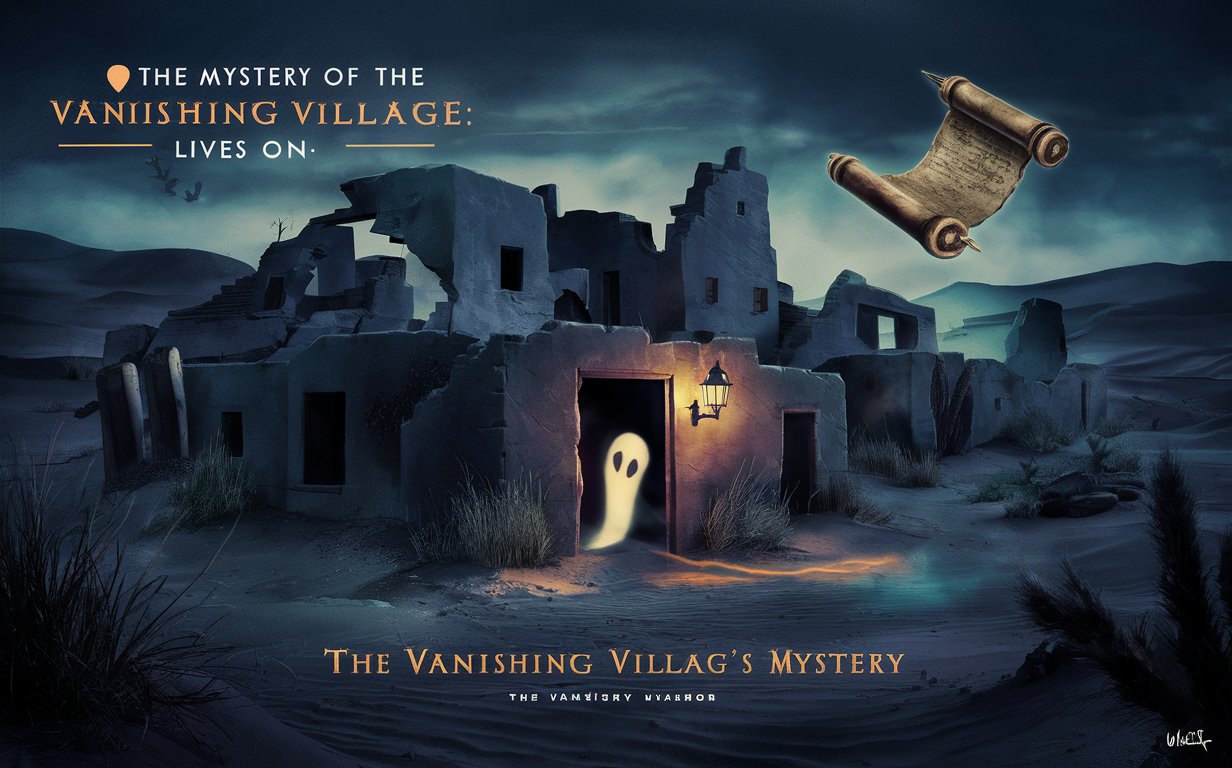The History of the Witch Hunts in Europe

The history of witch hunts in Europe is a dark chapter in the continent's past, marked by fear, superstition, and the brutal persecution of thousands of women and men. Spanning several centuries, witch hunts were fueled by religious, social, and political factors and resulted in widespread hysteria and the execution of countless victims. These hunts were not confined to any one region or period; rather, they spread across medieval and early modern Europe, reaching their peak in the 16th and 17th centuries. This article explores the origins, rise, and eventual decline of witch hunts in Europe, as well as the cultural and historical forces that made them possible.
The Origins of Witch Hunts: Fear of the Unknown
The fear of witches and the supernatural has ancient roots, long predating the medieval period. In many ancient societies, beliefs in magic, sorcery, and evil spirits were common. However, it wasn’t until the early Middle Ages in Europe that these fears began to take on a particularly dangerous form, intertwined with religious doctrine.
Early Christian Influence
Christianity played a significant role in shaping Europe’s attitudes toward witchcraft. The Bible, particularly in the Old Testament, contains verses that condemn witchcraft and sorcery. In the 4th and 5th centuries, as Christianity spread through Europe, pagan beliefs and practices, which were often associated with witches, were increasingly viewed as heretical and dangerous. Early church leaders, such as St. Augustine, considered magic to be demonic in nature, and over time, these views became institutionalized within Christian doctrine.
By the 9th century, church leaders began to issue explicit instructions to root out witchcraft, believing that witches had the power to make pacts with the Devil and perform harmful magic. This growing association between witchcraft and the Devil laid the groundwork for the more intense witch hunts that would follow.
The Rise of Witch Hunts: The Late Middle Ages and Early Modern Period
The witch hunts began in earnest during the late Middle Ages, as Europe was marked by social and religious upheaval. A combination of religious fervor, political instability, and economic distress helped create an environment where witch hunts could flourish.
The Black Death and Social Unrest
The 14th century brought about several events that spurred the witch craze. The Black Death (1347–1351), which killed a third of Europe’s population, generated widespread fear and paranoia. The pandemic was blamed on various scapegoats, and marginalized groups, such as Jews, beggars, and women, were often accused of causing the disease through witchcraft or poison.
Simultaneously, Europe was experiencing significant political and social turmoil. The Hundred Years' War (1337–1453) between England and France, coupled with internal conflicts and peasant uprisings, made many communities more prone to scapegoating. Witchcraft accusations were an easy way to explain calamities and misfortunes, and they often targeted vulnerable groups.
The Malleus Maleficarum (1487)
The turning point in the witch hunts came in the late 15th century with the publication of the Malleus Maleficarum (The Hammer of Witches) by two German inquisitors, Heinrich Kramer and Jacob Sprenger, in 1487. This book became the most influential work on witchcraft during the early modern period and was used as a guide for the prosecution of witches.
The Malleus Maleficarum promoted the idea that witches were evil creatures, often women, who made pacts with the Devil in exchange for magical powers. It also outlined methods for identifying, interrogating, and torturing accused witches. Kramer and Sprenger argued that the belief in witches was not just a superstition, but a threat to society, and they recommended extreme measures to root out witchcraft. The book became a key text for both the Inquisition and secular authorities in their efforts to combat witchcraft, leading to the acceleration of witch hunts in the following decades.
The Height of the Witch Hunts: 16th and 17th Centuries
The height of the witch hunts in Europe occurred during the 16th and 17th centuries, when mass hysteria and brutal executions became widespread. Between 1500 and 1800, thousands of people, mostly women, were accused of witchcraft, tortured, and executed. The numbers vary by region, but estimates suggest that around 40,000 to 60,000 people were killed during the height of the witch hunts.
Religious Conflicts and the Reformation
One of the primary drivers behind the witch hunts was the religious conflict that swept through Europe during the Reformation and Counter-Reformation. The Protestant Reformation, initiated by Martin Luther in 1517, led to a schism in the Catholic Church and the rise of Protestant denominations across Europe. The Catholic Church, in turn, initiated the Counter-Reformation, which sought to suppress heresies and reinforce traditional Catholic beliefs.
Both Protestants and Catholics were eager to eliminate witchcraft, as it was viewed as a direct challenge to religious orthodoxy. In Protestant regions such as Germany, the Netherlands, and Switzerland, witch hunts were fueled by the belief that witches were in league with the Devil. In Catholic regions like Spain and Italy, the Inquisition worked relentlessly to root out witches and heretics.
The Witch Trials in Germany, France, and England
Germany became one of the most notorious centers for witch trials. In the 16th and early 17th centuries, the Holy Roman Empire, which encompassed much of modern-day Germany, Switzerland, and Austria, saw the rise of large-scale witch hunts. The Würzburg and Fulda witch trials, for example, led to hundreds of executions.
In France, the Trial of the Loudun Possessions in the 1630s became infamous for its mass hysteria and the execution of several nuns who were accused of witchcraft and demon possession. Similarly, in England, the 1640s and 1650s witnessed a significant number of witchcraft trials, culminating in the famous Pendle Hill Witch Trials of 1612, in which 12 people were executed.
The witch hunts also affected Scandinavian countries like Sweden and Denmark, where the belief in witchcraft and magic was deeply ingrained in folk culture. In Sweden, the Great Noise witch trials in the 1670s resulted in the execution of dozens of alleged witches.
Decline of the Witch Hunts: The Age of Enlightenment
By the 18th century, the witch hunts began to decline, largely due to the intellectual and cultural changes brought about by the Enlightenment. Thinkers like John Locke, René Descartes, and Voltaire promoted reason, science, and skepticism, which gradually eroded the superstition-driven belief in witchcraft.
The rise of legal reforms, the spread of skepticism about the validity of witch trials, and the weakening of the church's influence over secular matters led to the eventual abandonment of witch hunts in most parts of Europe. Many of the court systems began to question the validity of witch trials, particularly after the atrocities committed in the wake of the Salem Witch Trials in colonial America (1692), which had a profound effect on European attitudes toward witchcraft prosecutions.
In 1736, England officially decriminalized witchcraft with the Witchcraft Act, and by the end of the 18th century, the last major witch trials in Europe had occurred.
Legacy of the Witch Hunts: A Dark Chapter in European History
The witch hunts left a deep scar in European history. The scale of the persecution, the suffering inflicted on the accused, and the role of superstition in shaping legal and cultural norms are powerful reminders of the dangers of fear and ignorance. While the witch hunts may have largely ended by the 18th century, their legacy still lingers today in the form of misconceptions about witchcraft, gender, and power.
In the modern era, witch hunts continue to be symbolic of mass hysteria, the abuse of power, and the persecution of marginalized groups. The witch hunts of Europe serve as a stark reminder of the consequences when a society allows fear and superstition to guide its actions, and they remain a powerful cautionary tale in our ongoing efforts to build more just and rational societies.
Conclusion: The Enduring Legacy
The history of witch hunts in Europe reflects a tragic period of human history when fear of the unknown, religious intolerance, and misogyny led to widespread violence. While the witch hunts officially ended centuries ago, their influence persists in cultural memory, reminding us of the dangers of superstition and the importance of critical thinking, tolerance, and justice in societies today. The stories of the women and men who suffered in these trials—often innocent victims—continue to resonate as a cautionary tale about the perils of scapegoating and the abuse of power.



Post Comment